Great Comp: The blissful garden flooded with rhododendrons and azaleas that's just beyond the M25
Each spring, Great Comp Garden — just outside the M25, near Sevenoaks — erupts into bloom, with swathes of magnolias, azaleas and rhododendrons. Charles Quest-Ritson looks at what has become one of the finest gardens to visit in Kent.
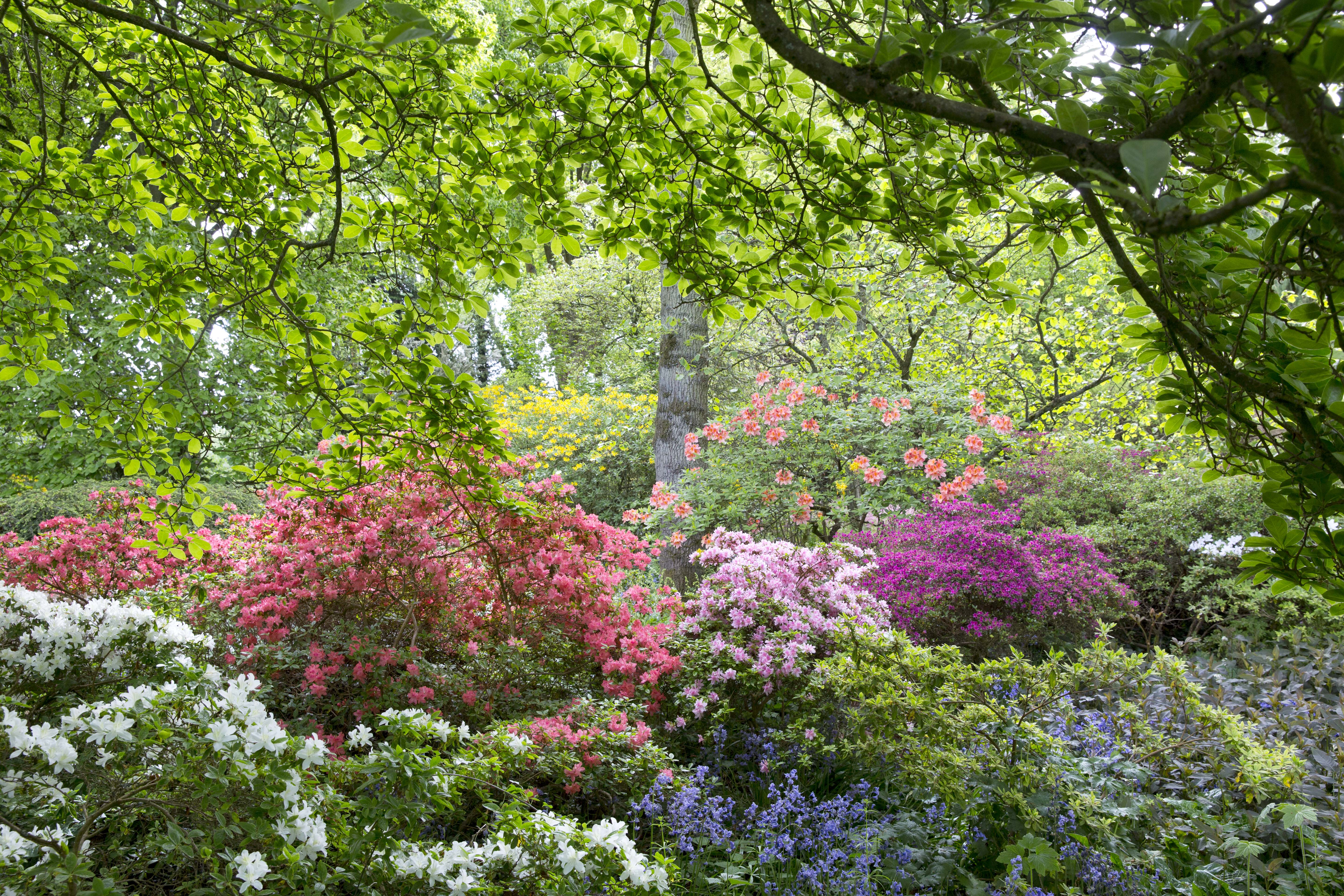

When Roderick and Joy Cameron were living in London in the 1950s, they started to look for a cottage in the country 'with a couple of acres'. One day Mr Cameron, a civil engineer who worked for the Ministry of Works, saw an advertisement in Country Life for a large 17th-century farmhouse in Kent — Grade II*-listed. The land that came with it in 1957 was mainly open paddocks, with light woodland at the edges. The four acres were rather more than they wanted but later on, as their interest in gardening grew, they were able to acquire another three acres from their neighbour.
The house they had found was Great Comp. It's a home that lies in the rural hills of north Kent, roughly halfway between Sevenoaks and Maidstone, at some 360 ft above sea level. The garden is on the Lower Greensand — the gardener's favourite soil — but parts are on sand of great fertility. Great Comp is compulsory viewing in late spring, when hundreds of rhododendrons and azaleas fill the woodland garden with colour. Some of the best are 'Loder's White', the R. augustinii hybrids like 'Blue Diamond' and 'Blue Tit', and the dependable rich red Hardy Hybrid with an impossibly long name, 'The Honourable Jean-Marie de Montague'. The scent of Rhododendron luteum, too, is worth a long journey to inhale: the yellow species is for many people the best of all azaleas.

A yellow azalea, aka 'rhododendron luteum', at Great Comp
The 1950s were a very difficult time for garden-making — money was tight — so Roderick Cameron set out to make a garden without the need for employed gardeners or outside help. This meant extensive use of woody plants, sourced from local nurseries, because trees and shrubs require less maintenance than herbaceous plants. But the Camerons were in the vanguard of using ground cover to suppress weeds and make a large low-maintenance garden attainable. It was a very much a new discipline at the time — Graham Stuart Thomas did not write his classic book Plants for Ground Cover until 1977. All around the azaleas and woodland shrubs at Great Comp are ground cover plants, notably hardy geraniums like G. macrorrhizum and G. phaeum and, in many areas, thickets of bluebells that have squeezed out all competition from weeds.
The house faces more-or-less south and its garden was a largely open site, exposed to the winds. It took the Camerons a while to realise that intensive shelter-planting was essential. Old oaks would eventually supply the perfect woodland setting and quite a number of the seedlings that turned up in the garden — the result of squirrels hoarding them — were left to grow on and become trees. But conifers were the answer to the more immediate need for quick-growing shelter and privacy.

Great Comp is threaded by paths through the trees and shrubs
The collection of mature specimens today is excellent: blue, green or golden, fastigiate or prostrate, conifers provide the perfect context for deciduous trees and shrubs. Mr Cameron envisaged the garden as 'an enclosed ambience of peace and quiet'. It was first open to the public in 1968.
Plantsmanship was in the ascendant during the 1950s and 1960s and Mr Cameron would sometimes criticise the RHS for its concentration upon collecting plants rather than using them to ornamental effect. And he thought it an advantage that Great Comp's garden was all made by him and his wife, and not by a professional person. It meant that they could change their minds as they proceeded, which is difficult for designers and committees. He saw himself as a landscaper with plants, for whom it was the general effect that mattered — the contribution of plants to the overall vision, not their individual charms.
Nevertheless, the Camerons loved their plants, not just for their beauty in flower but also for their shapes and colours off-season. Conifers and massed plantings of heathers — all evergreen — are still the backbone of the garden in winter when Erica carnea comes into flower. Mr Cameron wrote that he wanted 'all parts to be of interest at all times of the year'. Many visitor attractions claim to be 'a garden for all seasons' but in the case of Great Comp it is true. Moreover, it is a garden made 60 years ago that still has a lesson for today's new gardeners — how to landscape a large area for maximum effect in return for minimum effort.
Exquisite houses, the beauty of Nature, and how to get the most from your life, straight to your inbox.
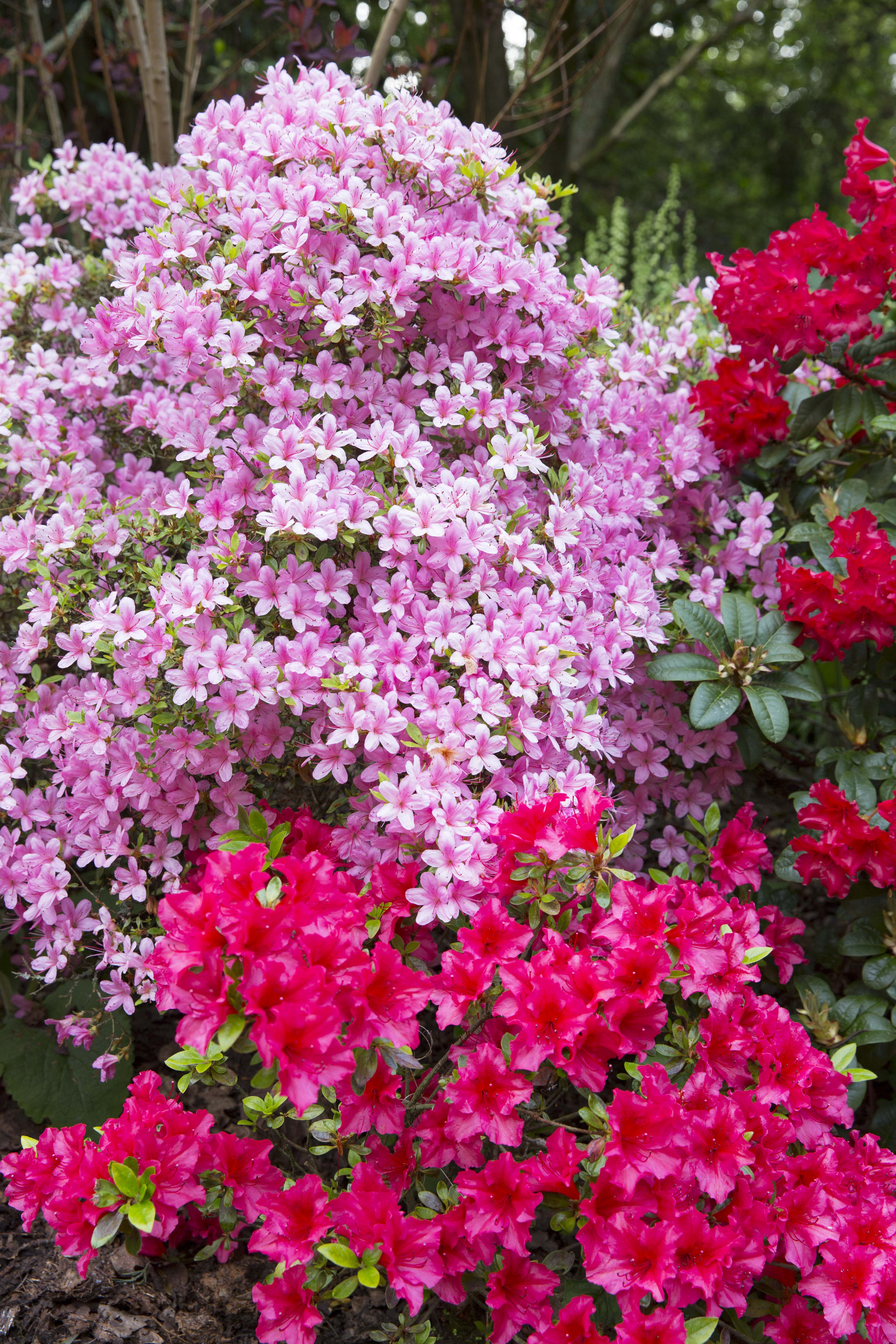
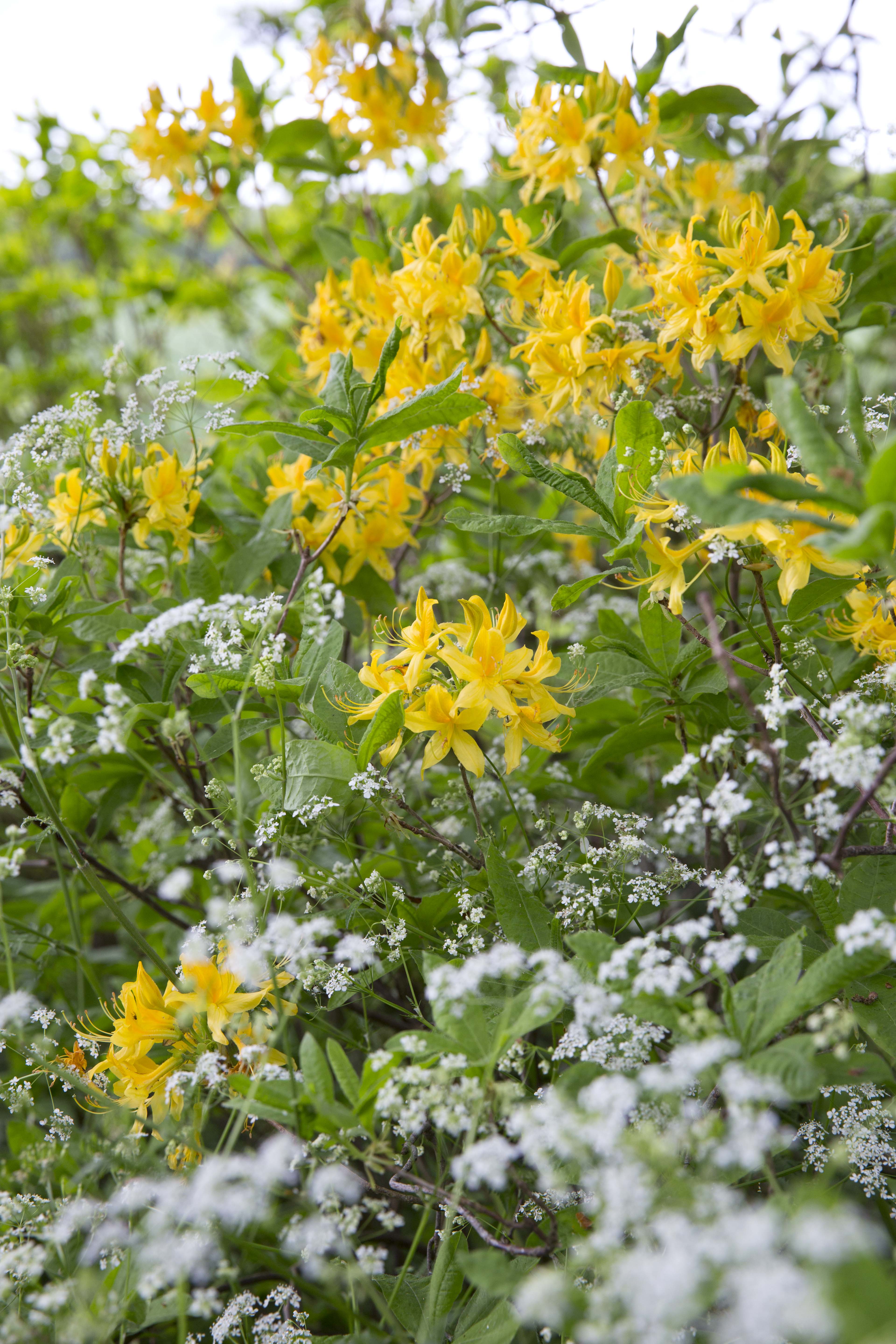


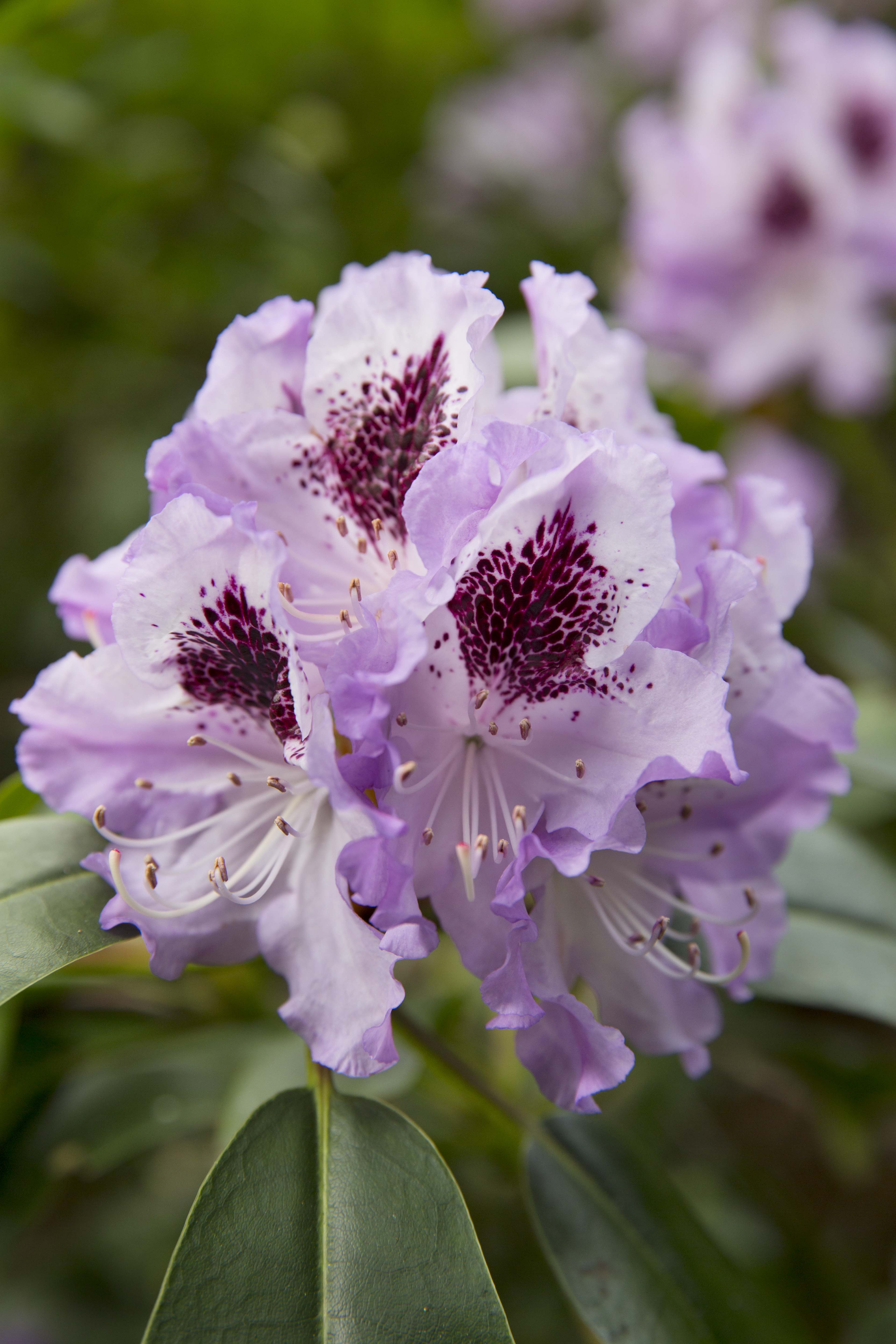
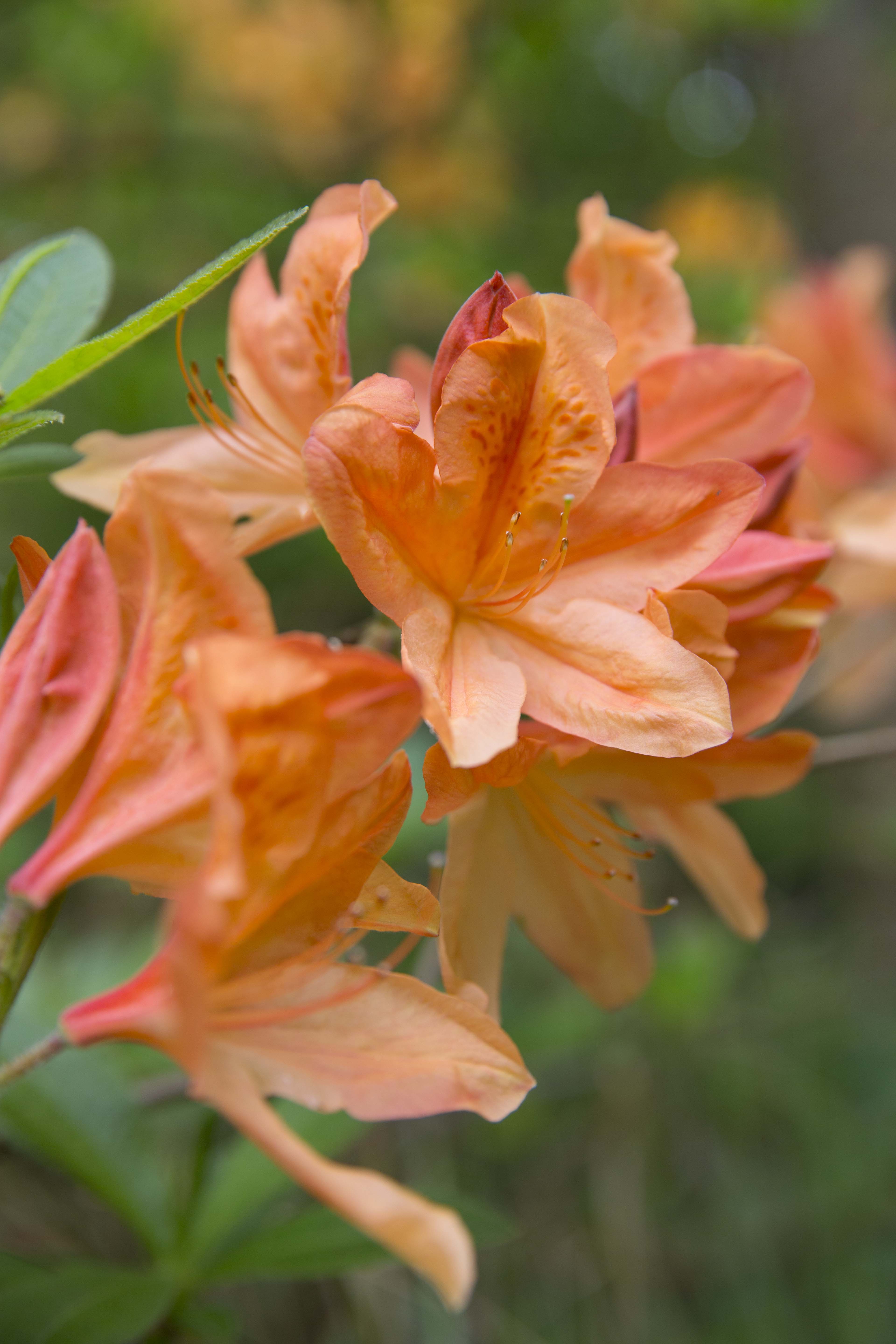

The Camerons laid out their garden with formal designs near the house and a more natural layout further away. Raised terraces and stone-edged borders near the house are given to plants that need more attention than the hardy trees and shrubs in the woodland.
Along one side of the formal square lawn is a border of modern salvias, forms and hybrids of S. greggii and S. microphylla, whose cultivation is a continuing interest for the garden's curator, William Dyson. Here, too, are borders devoted to late-summer displays of purple-leaved dahlias, cannas and kniphofias. Hidden and enclosed behind walls and hedges is the 'Italian' garden, whose paved enclosures provide shelter for rare and tender plants like cordylines. It was inspired partly by the architecture of the Roman Forum which Mr Cameron visited towards the end of World War II and partly by the self-contained formal gardens at Hidcote Manor and Sissinghurst Castle. Mr Cameron insisted that he sought 'profusion rather than perfection' everywhere in the garden.
Perhaps the most memorable element of the gardens' design is the central view from the house, which takes you across the square lawn, down some steps and along a broad grassy path that curves away towards the south with heathers and evergreen azaleas on either side. Woodland walks lead off to the sides where the plantings are carefully planned to appear informal.
The woodland garden was inspired by Exbury in Hampshire, where rhododendrons are planted in great numbers and define the scale of the whole garden. Great Comp's azaleas are not rare species from remote corners of the far east, but 'Exbury hybrids', seedlings and named cultivars bred by Lionel de Rothschild. It is their brilliance that astonishes the visitor and the way that their many different colours harmonise with each other. Combinations that would not work in a calm 'good-taste' herbaceous border are a delight to the visitor's eye.
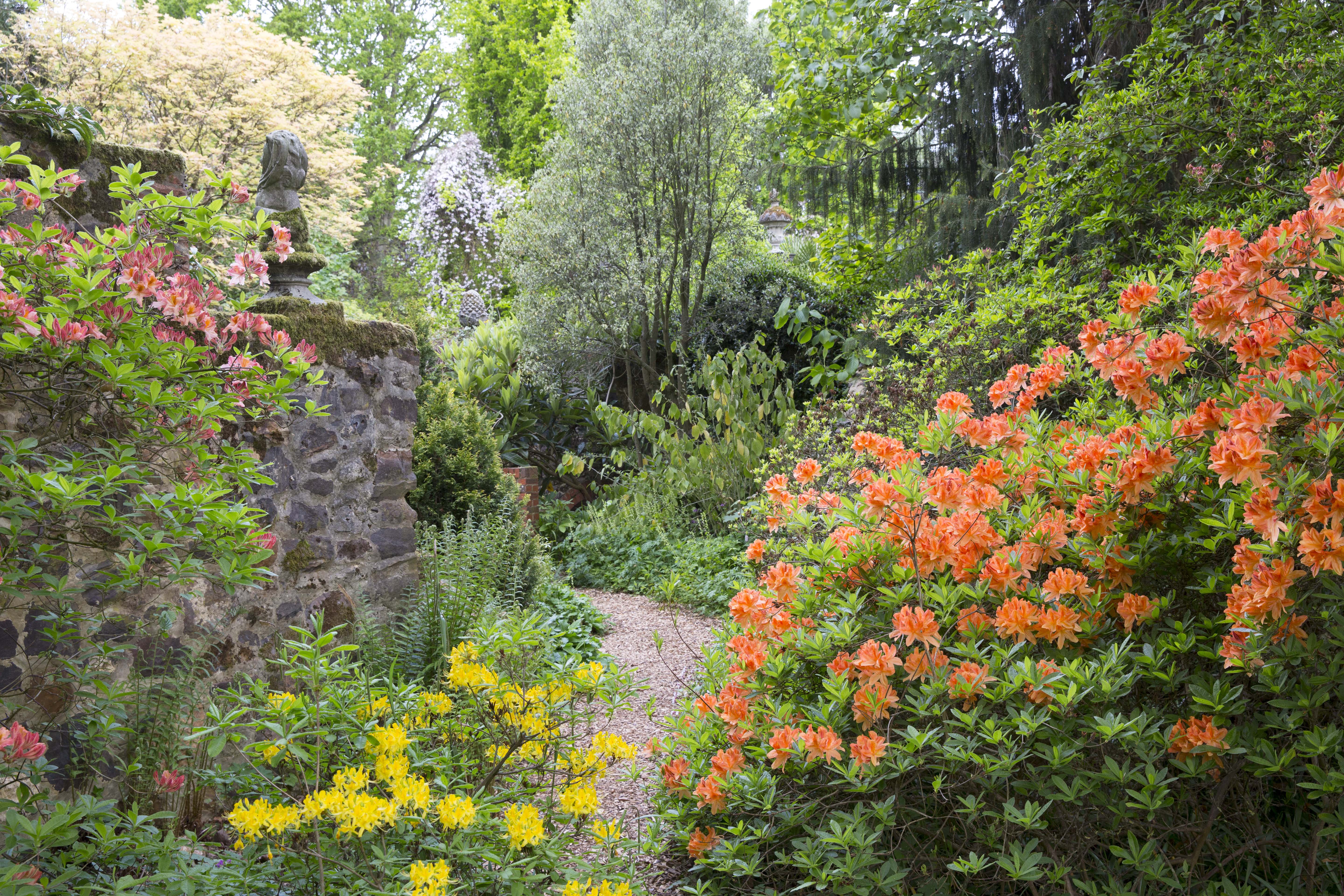
Stonework juts through the colour and greenery as you wander the paths of Great Comp
The stonework at Great Comp is an unusual feature and one that should inspire more garden-makers. Mr Cameron found large deposits of sandstone and ironstone beneath the surface when making the garden. From 1973 to 2005, he used it to create a very convincing series of ruined buildings, with brick-edged doors and windows to suggest that the garden was made around a hamlet that had long since fallen into romantic decay. It is one of the garden's most unusual and successful features.
Another aspect that is unusually well done at Great Comp is the design of cross-views. Visitors follow the paths through wooded parts of the garden, admiring the individual trees and shrubs that line the paths, until suddenly a long view opens out to one side — a glade or clearing that leads the eye across a spacious area lushly planted with low shrubs, herbaceous plants and bulbs. There is much to be learned.
Joy Cameron died in 1992 and Roderick in 2009. They had no children, so they transferred Great Comp to a charitable trust. It is now a RHS Partner Garden. William Dyson arrived in 1993 and has maintained the garden very well for the last 30 years in accordance with the Camerons' ideas and intentions. He works alongside one-and-a-half gardeners, supported by a team of volunteers — five who work for at least one day a week all through the year and another ten who help when they can.
Where? Great Comp Garden on Comp Lane, St Mary's Platt, Sevenoaks, Kent TN15 8QS.
How? Phone 01732 885094 or visit www.greatcompgarden.co.uk
When? Open daily, 10 am — 5 pm (last entry 4 pm), March to October 31, plus some openings in winter months (nb. there are 100+ different snowdrops)
Charles Quest-Ritson is a historian and writer about plants and gardens. His books include The English Garden: A Social History; Gardens of Europe; and Ninfa: The Most Romantic Garden in the World. He is a great enthusiast for roses — he wrote the RHS Encyclopedia of Roses jointly with his wife Brigid and spent five years writing his definitive Climbing Roses of the World (descriptions of 1,6oo varieties!). Food is another passion: he was the first Englishman to qualify as an olive oil taster in accordance with EU norms. He has lectured in five languages and in all six continents except Antarctica, where he missed his chance when his son-in-law was Governor of the Falkland Islands.
